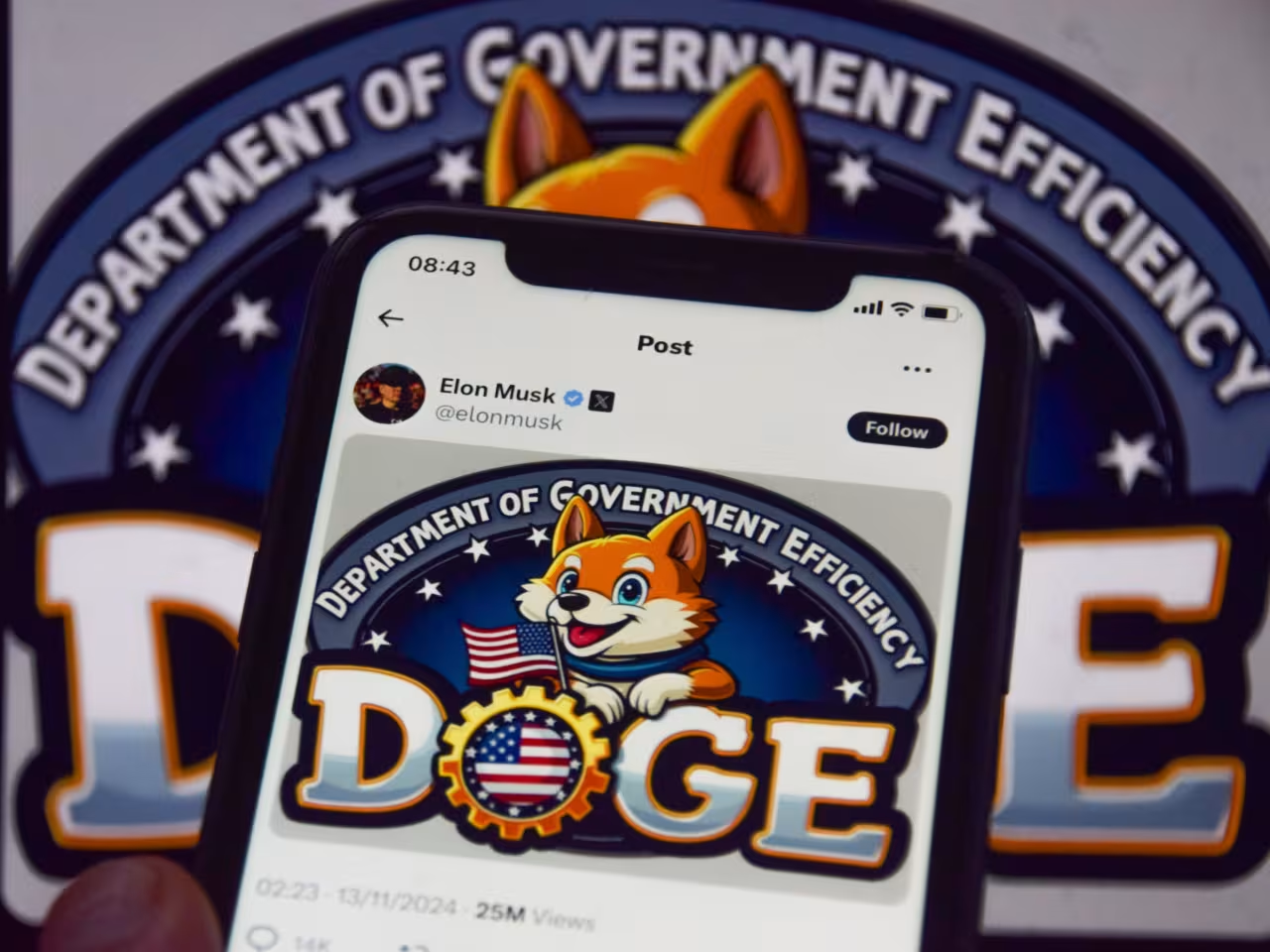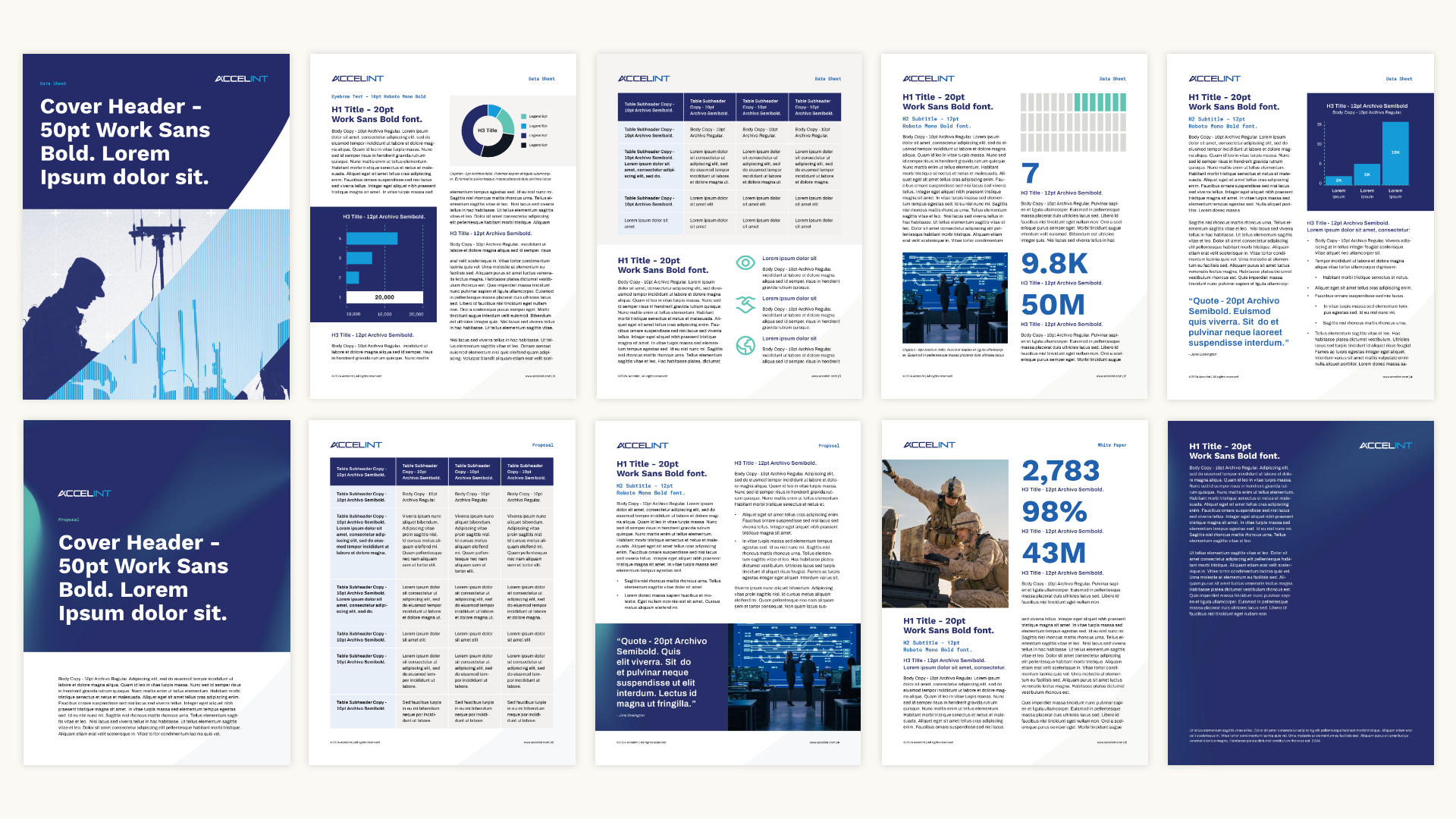The Department of Defense’s Operational Guidance for Enterprises (DOGE) is transforming procurement and compliance standards for businesses working with the government. As these regulations evolve, B2G companies must rethink their marketing strategies to ensure compliance while maintaining a competitive edge. Aligning marketing efforts with DOGE isn’t just about meeting new requirements—it presents an opportunity to differentiate and strengthen brand positioning. This blog explores key marketing pivots that can help B2G companies adapt successfully.
Understanding DOGE: Key Compliance and Procurement Changes
DOGE introduces updated compliance and procurement processes that impact how B2G companies communicate their value propositions. Some key aspects of DOGE include:
- Enhanced cybersecurity requirements that necessitate clear messaging around data protection and operational security.
- Stronger vetting and certification processes for vendors, influencing how businesses position themselves as trusted partners.
- Greater emphasis on supply chain transparency, which must be reflected in marketing materials and brand storytelling.

Strategic Marketing Adjustments for DOGE Compliance
To remain competitive and compliant, B2G companies should make the following strategic adjustments:
1. Develop Transparent and Compliant Messaging
Regulatory language and security commitments should be embedded in all marketing materials. Clearly communicate compliance with DOGE standards to build credibility and trust.
2. Leverage Digital Channels for Education and Engagement
Use websites, webinars, and thought leadership content to educate government stakeholders about your compliance posture and value proposition.
3. Align Content Marketing with Evolving Procurement Processes
Ensure that whitepapers, case studies, and digital content showcase adherence to DOGE guidelines. Highlighting past performance in compliant contracts can set your company apart.

Strengthening Brand Positioning Through Compliance Alignment
Rather than viewing compliance as a burden, companies can use DOGE alignment as a competitive advantage:
- Thought leadership: Share insights on compliance trends via blogs and LinkedIn articles.
- Trust-building: Create case studies that illustrate successful implementation of DOGE-compliant processes.
- Strategic partnerships: Collaborate with industry leaders and certification bodies to reinforce credibility.
Actionable Steps for B2G Marketers
To stay ahead of compliance shifts, B2G companies should:
- Conduct a marketing audit to ensure all messaging aligns with DOGE regulations.
- Update website content and digital assets to reflect security and compliance commitments.
- Strengthen government-facing outreach efforts with transparent and targeted engagement strategies.
Final Thoughts
DOGE compliance isn’t just a regulatory necessity—it’s a chance to refine and strengthen your brand’s positioning. By proactively adjusting marketing strategies, B2G companies can enhance trust, credibility, and competitiveness in the evolving procurement landscape.
Need to refine your B2G marketing strategy to align with evolving compliance standards? Contact Bluetext today to ensure your brand messaging and digital presence stay ahead of regulatory changes.





